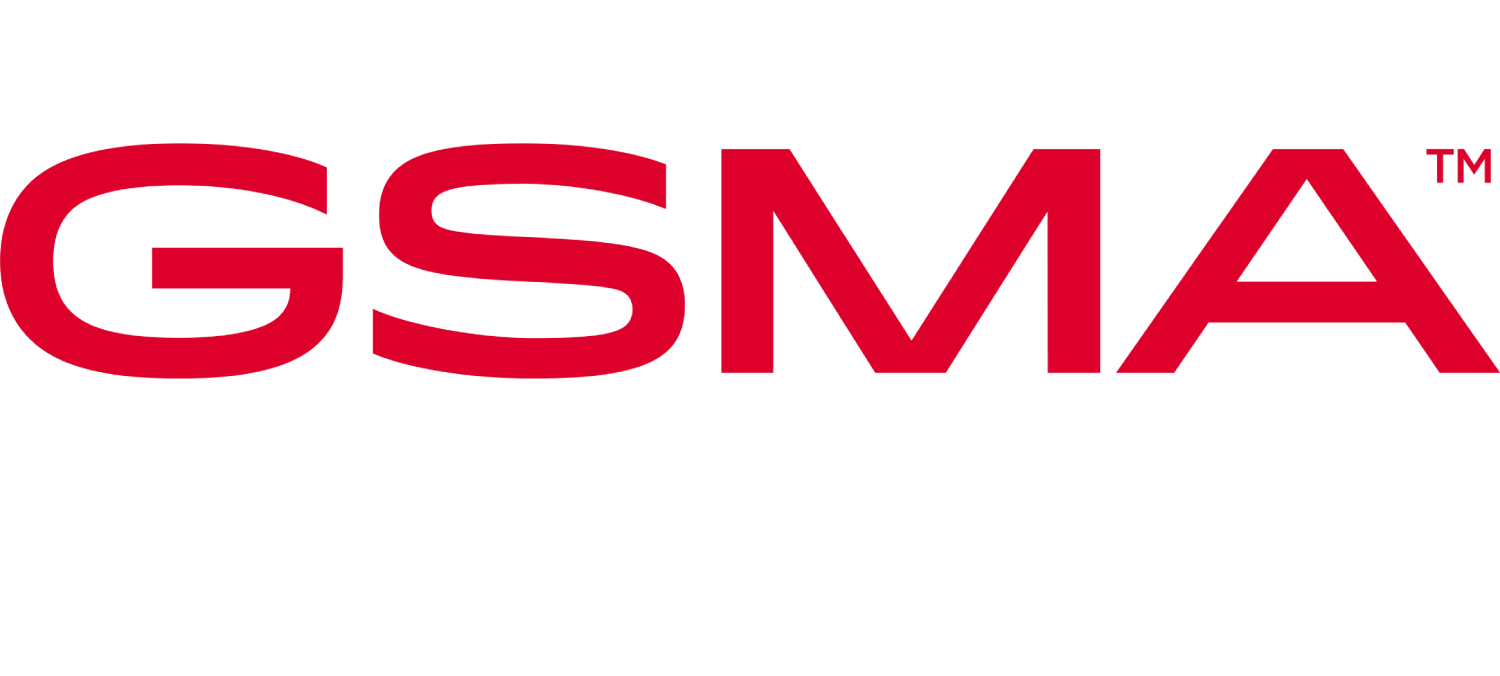By Samantha Kight, Head of Industry Security, GSMA
When work began to develop a European standard for digital cellular voice communications back in 1983, little did we know how huge the impact of mobile connectivity would be on the world.
Today, mobile connectivity is essential in the lives of more than 5.4 billion people, contributing US$5.2 trillion to gross domestic product (GDP) around the world. From Argentina to Iceland, China to Zimbabwe, more than 95% of the world’s population can now connect to a mobile broadband network, to fulfil many of their banking, shopping, healthcare, citizen services, and entertainment needs.
But none of this would have been possible without the pioneering work carried out by the early members of what is now known as ETSI, and the GSM Association (GSMA), over 35-years ago.
Ground-breaking technology standards – fostered by ETSI and the GSMA – have helped create an ecosystem for innovation and competition in the mobile industry. They have also been one of the key building blocks ensuring seamless interoperability, roaming and improved security for mobile device users.
Both ETSI and the GSMA were born out of the European Conference of Postal and Telecommunications Administrations in the late 1980s, and ever since our partnership and collaboration has been strong.
Security has been one core area where we have worked in lockstep, through ETSI’s Security and Fraud Working Group since 1989, to innovate and move standards forward. During this time our collective teams, and shared mobile network operator membership base, have worked together to identify new threats and specify new security protocols for GSM and later generations of mobile technology.
Historically, our two organisations have worked closely around security algorithms. Our Security Algorithm Group of Experts (SAGE) have collaborated with industry to agree, specify and distribute authentication, encryption, and establish key agreement mechanisms for a range of mobile technologies. This will be even more important, as 5G networks and technologies continue to permeate through different industry sectors, such as automotive, manufacturing, energy, and smart cities.
We have also seen successes other areas, including our Network Equipment Security Assurance Scheme (NESAS), which facilitates improvements in network equipment security levels, across the mobile industry. Providing one universal and global security assurance framework. Ultimately, raising confidence and trust in mobile network equipment.
As the world becomes more deeply connected, and we see an even greater convergence between fixed and mobile communications, and a shift to cloud-based computing, we look forward to continuing to work very closely with ETSI and its members. We are already reviewing industry proposals for a Mobile Device Certification Scheme, based on ETSI’s published mobile device protection profile. The GSMA’s new Open Gateway initiative – a framework of common network Application Programmable Interfaces (APIs) designed to provide software developers with universal access to operator networks – will also be an area for the mobile industry to deliver even more value for all stakeholders.
We can only imagine what life changing innovations the mobile industry will make possible over the next 35 years.
This article first appeared in ETSI’s 35th Year Anniversary edition of Enjoy! Magazine, which you can read: here.



